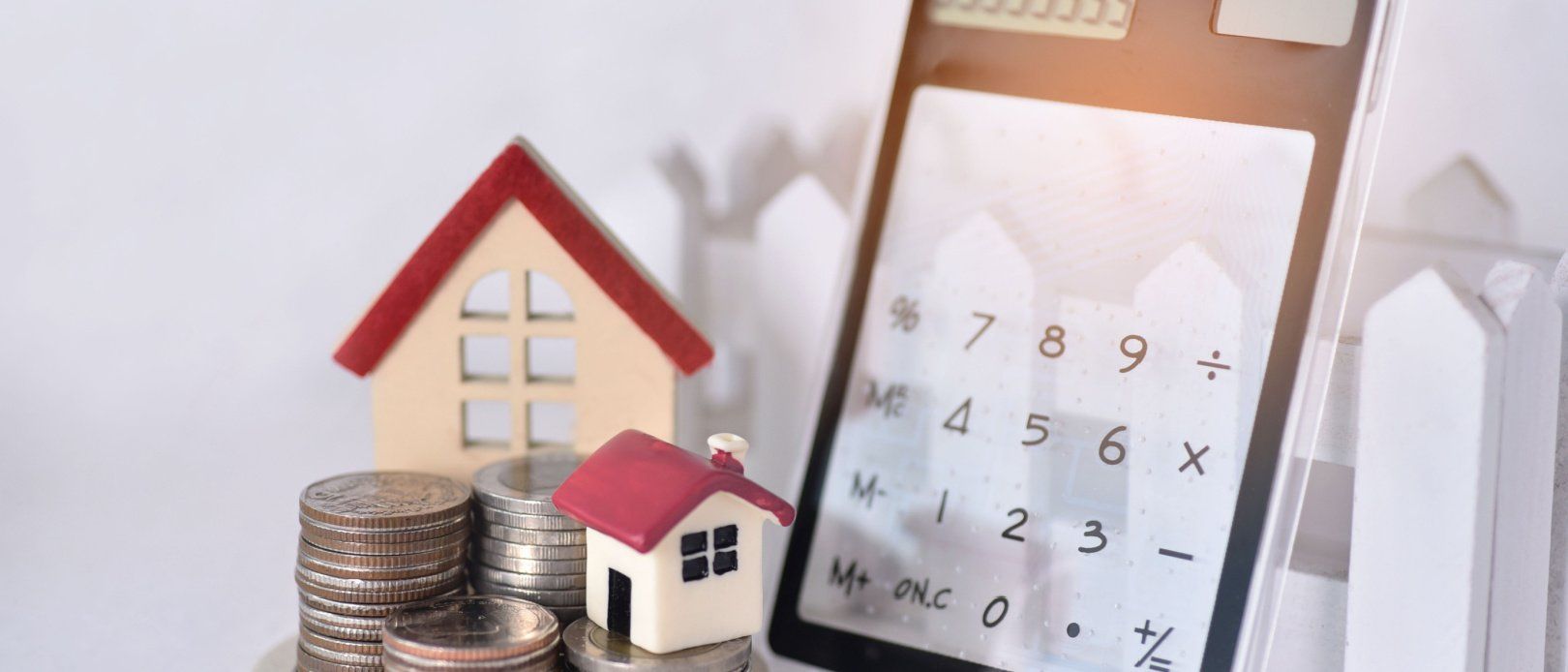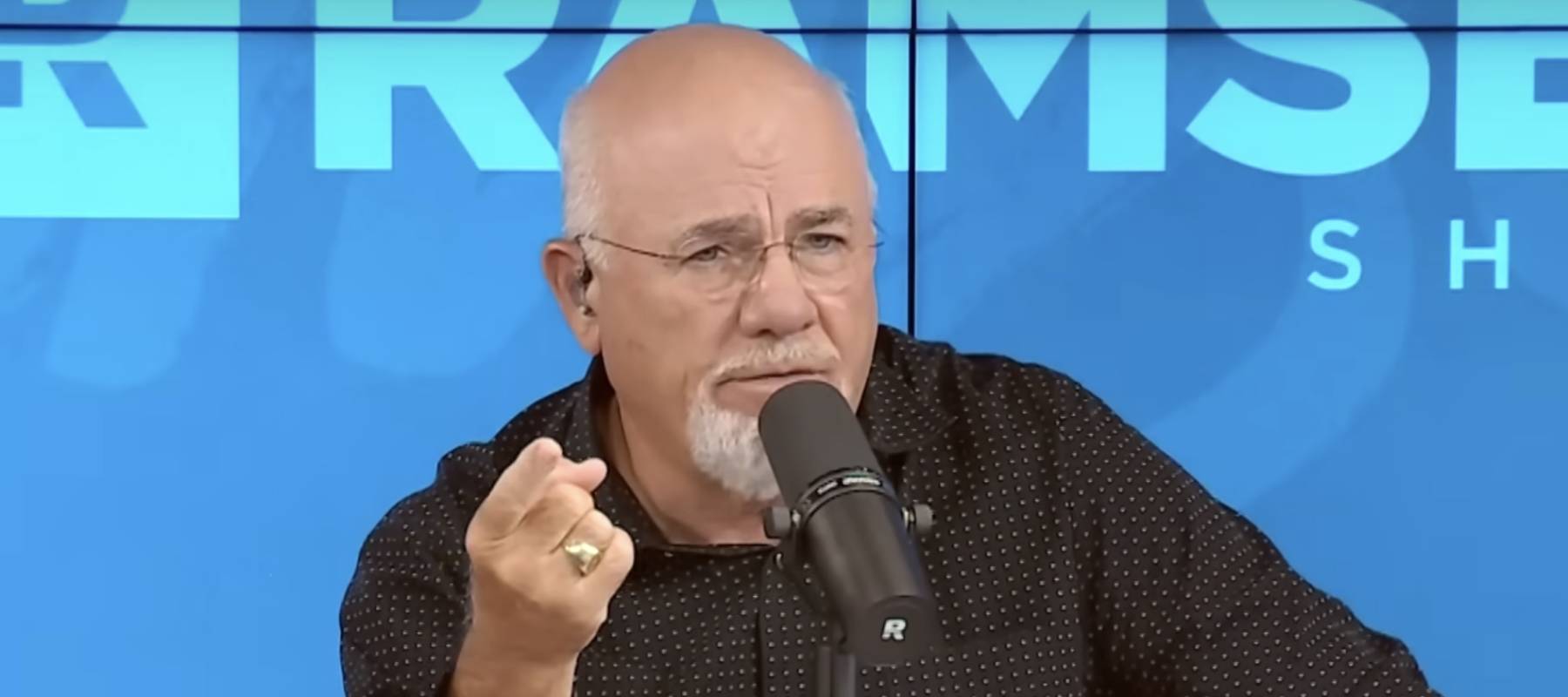
What is the prime rate today?
NAOWARAT / Shutterstock
Updated: December 13, 2023
We adhere to strict standards of editorial integrity to help you make decisions with confidence. Please be aware that some (or all) products and services linked in this article are from our sponsors.
We adhere to strict standards of editorial integrity to help you make decisions with confidence. Please be aware that some (or all) products and services linked in this article are from our sponsors.
The prime rate today is 8.50%
The prime rate is the interest rate major banks offer to their borrowers with the best credit — in other words, the least risky ones.
This key benchmark typically fluctuates when the Federal Reserve increases or decreases its policy rate. The reserve began implementing more aggressive tightening measures in 2022 in order to help quell inflation.
Increases in the prime rate and the funds rate equate to higher borrowing costs for everyday loans such as car loans, home equity lines of credit and credit cards. Since the rate increases make borrowing more expensive, they can lead to less consumer spending, which then helps to reduce inflation.
What is the current prime rate?
The current prime rate among major U.S. banks is 8.50%. The prime rate normally runs three percentage points above the central bank’s federal funds rate, which the Fed is holding steady at a target range of between 5.25% to 5.50%.
Minutes of the June Fed meeting, released on July 5th, revealed interest rate hikes were likely to increase again after June's unexpected pause, and that there was debate among policy makers over the decision to keep rates the same.
June 14th marked the first pause after 10 consecutive increases by the Federal Reserve. Many policy makers favored a quarter point increase, the minutes revealed, but ultimately, the 11 voting members opted to hold rates steady.
The Fed raised rates in July by 0.25%, but on September 20th, it announced it would pause more increases. On December 13, the Fed announced it would continue to keep the key rate unchanged, for now.
The Fed has been raising rates since March 2022 to combat inflation, spurred on by factors such as increased demand and supply chain issues for goods like gas.
WSJ prime rate
The Wall Street Journal publishes what's considered to be the definitive U.S. prime rate, which is determined through a survey.
As the publication explains, its Wall Street Journal prime rate is "the base rate on corporate loans posted by at least 70% of the 10 largest U.S. banks."
How does the prime rate change?
Banks set their own prime rates, but they're all typically the same — three percentage points above whatever the federal funds rate happens to be.
The federal funds rate is the interest rate banks charge each other for overnight loans so they can meet their reserve requirements. Those are the amounts of money the Fed requires banks to have on hand at the end of each business day, partly to guard against bank failures.
The prime rate has a direct impact on certain types of credit, namely loans with rates that are adjustable, not fixed — but it still influences other interest rates in a more roundabout way.
Prime rate history
More on the prime rate
Compare personal loan rates
— With files from Rose Shilling





